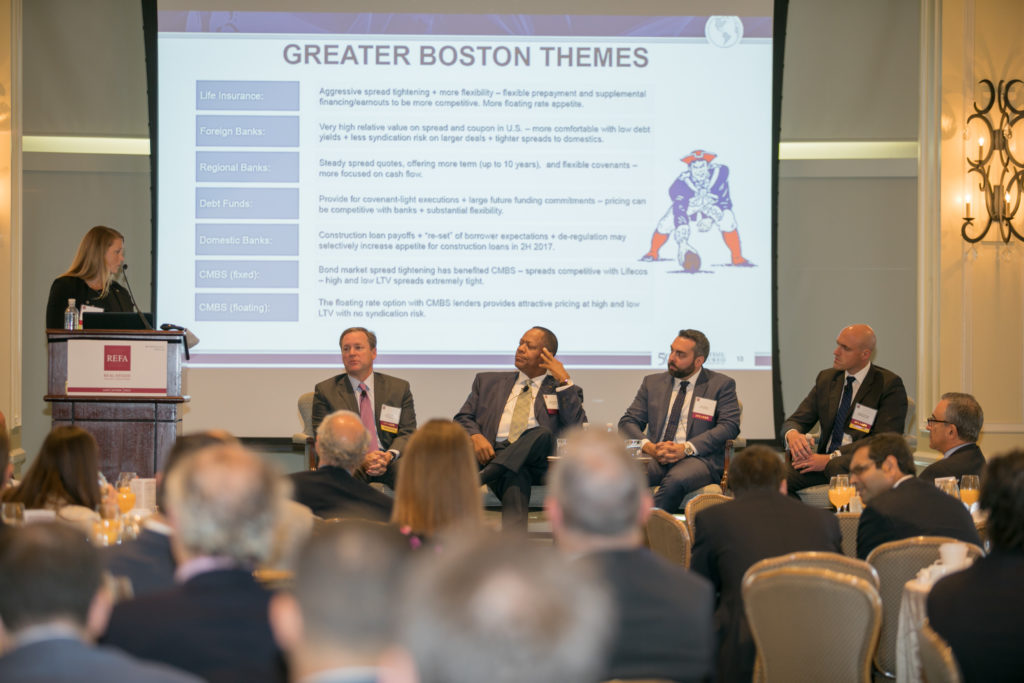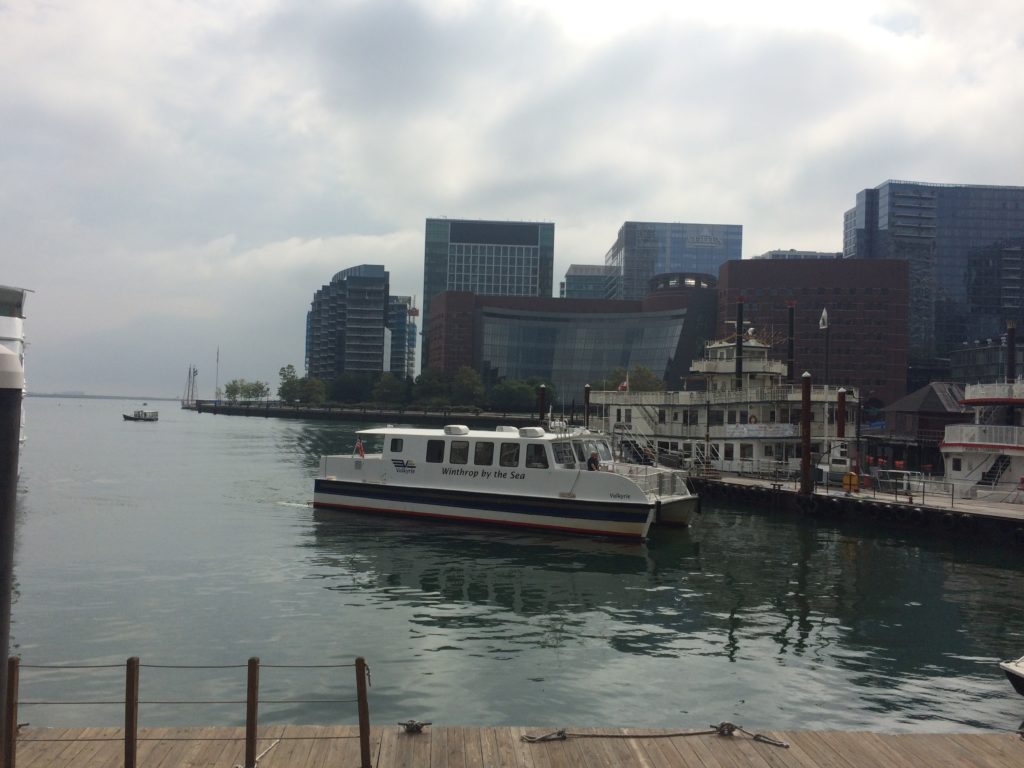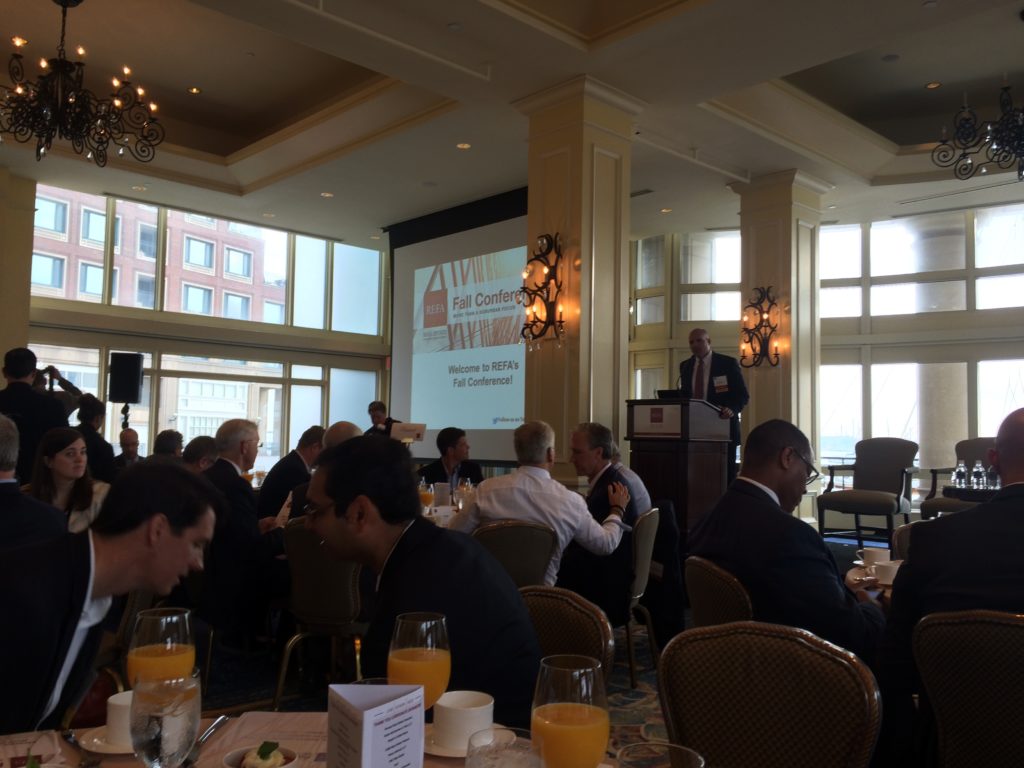
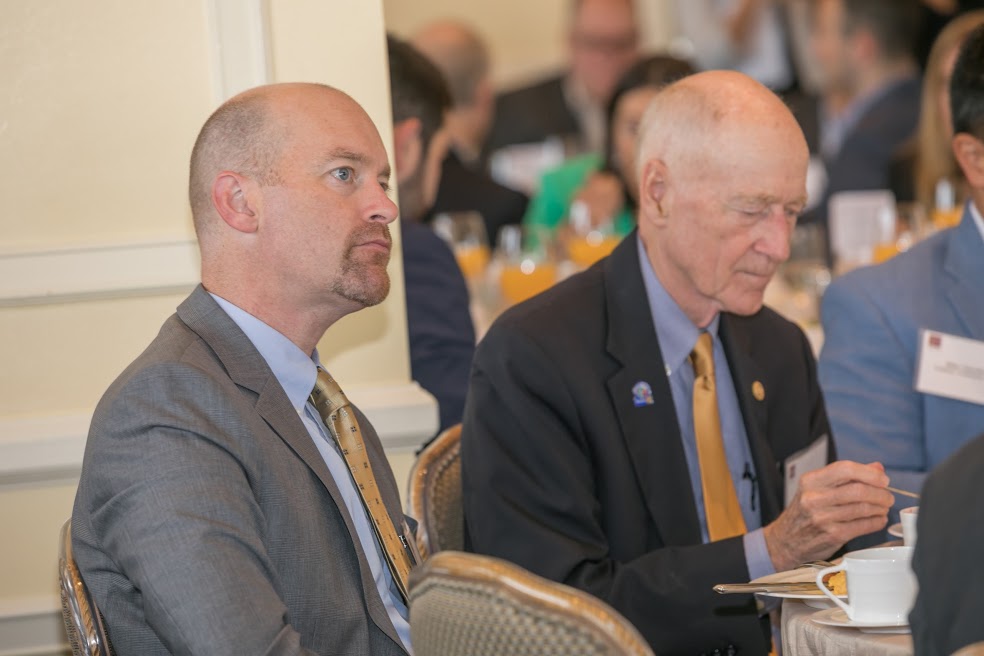
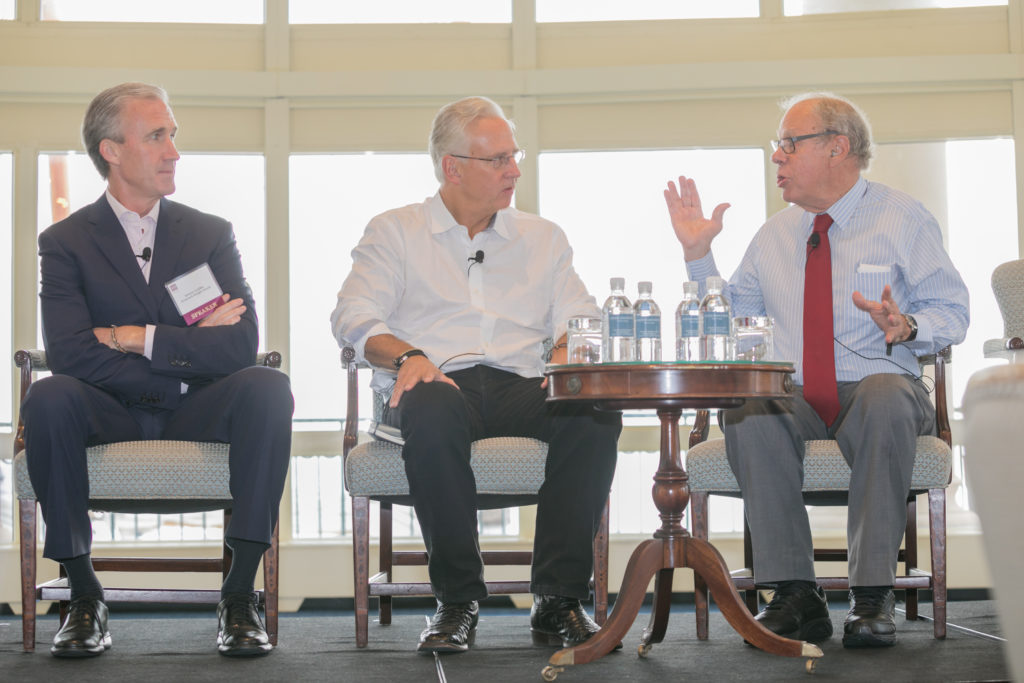 We attended the Real Estate Finance Association (REFA) Fall Conference in Boston last week and it was three hours of presentations and discussions by experts reviewing the current state of the commercial real estate markets in the Boston area – to include investment fundamentals, Tenant drivers, and project financing in today’s environment. Other topics touched upon included the impact of driverless vehicles, reduced parking demand, and artificial intelligence being used to drive data decisions for real estate and other aspects in our economy.
We attended the Real Estate Finance Association (REFA) Fall Conference in Boston last week and it was three hours of presentations and discussions by experts reviewing the current state of the commercial real estate markets in the Boston area – to include investment fundamentals, Tenant drivers, and project financing in today’s environment. Other topics touched upon included the impact of driverless vehicles, reduced parking demand, and artificial intelligence being used to drive data decisions for real estate and other aspects in our economy.
Investment Fundamentals – Low Interest rates are expected to be ongoing. “In Boston the investment fundamentals are the best ever and the cycle has a way to go” – “although you need to be careful in the suburbs”. Within a Foreign Investment Index Boston has recently moved up from the 27th to 7th place for top investment cities in the world – a huge jump in the rankings. Sixty (60) percent of the trades in Boston are now being purchased by foreign investors – from Europe and Asia. Trophy core assets have very strong interest although; the market is thin due to the lack of inventory. One recent sales effort totaled over 100 property tours that resulted in 27 offers and led to 7 rounds of negotiations before a final buyer was selected. Advices offered to owners of properties included reviewing the asset every quarter, focus on trends, and become more analytical in determining its current value.
Tenant Drivers –
Boston:
In today’s market there appears to be two types of tenant decisions being made. One is by the “gut” by the highest paid person and the second is led by “geek” deliberations that are “data driven”. Driving decisions today is an ongoing “War for Talent” with “alpha geeks” in top demand. This search for talent is real and a key factor in company relocations – especially in Boston. Examples discussed included “Log Me In” and their move from Woburn to 100 Summer Street in Boston where their rent doubled – but resulted in a new workspace environment with all open space and no fixed walls as they could more easily recruit new talent and grow to a 4.0 billion dollar company. AutoDesk moved from Waltham to the innovation district in Boston where they wanted a more innovative high energy environment and to be closer to employee talent and competitors. PTC moved to the Seaport from Needham primarily to attract new talent. Goodwin moved to the Seaport District (375,000 sf) upon their lease expiration to foster a new culture and workspace plus to provide a better “user experience” by creating a huge first impressionable lobby area with a concierge desk where clients are given a personal escort to the top floor conference rooms. In addition the move provided for more collaborative space, flexible configurations and increased tech efficiency.
In all of these relocations the decision makers were more interested in the location than the economics included in the transaction. One statistic quoted was that when tenants pay $40 to $80 per square foot or more for their lease space, this is a very small part of the overall employee cost of $1,800 per square foot As a side note, it was mentioned that young people are living in rental space twice as long now as they did in 1974 – for a variety of reasons – but the implication was that younger potential new employees are living and being more accessible for employment by renting for longer in the city. Catering to talent is key to successful recruitment efforts. Google on the West Coast is now building residential housing for employees and Twitter offers free food for employees plus one day a month employees are encouraged to bring a friend or family member for a free meal – also to show off their new facility – and as a recruitment tool!
Suburbs:
The Kronos move to the Crosspoint towers – a consolidation from 3 buildings to one – was driven by having increased employee collaboration as an incentive plus a raft of amenities to include quality food service, on-site restaurant, a first class work out facility, simulated golf and shuffleboard areas – getting employees to do things together. Also, by providing this type of work environment, one goal would be to keep employees working longer to achieve more productivity beyond the normal 8 hour work-day. Similar sentiments were voiced at the Middlesex Coalition presentation last month in Burlington when the Millipore move to a single building site Burlington from their Bedford and Billerica operations was discussed in depth. Employee collaboration, one full floor in the building devoted to high quality amenities, and having expansion pre-negotiated were key factors.
Financing Discussion:
One panel member offered “we are in the mid-point of the cycle and as a multi-billion dollar lender we are in “good shape overall” with very few problem loans. 2015 was a record year and increased activity is expected for all of 2017. Capital is available; inflation is stable, strong demand for industrial properties – with office and retail requiring more scrutiny. Another panel member stated that we are in the “later innings” of the cycle – but there are no reasons to panic. He has placed $800 million so far this year in Boston with more expected by the end of the year. Another panel member indicated we are “experiencing strong economic fundamentals” and they expected to place $ 80 billion in 2017. Acquisition volume is down somewhat – but refinance volume is up. The question came up as to how the panel members would finance “creative space” and would they loan on the tenant credit? The answer was that the lender would not look to the tenant for backing of a loan – it would require the credit of the property owner and also require a view of the owner’s business plan. Anything above a 70% loan to value would be a challenge for an acquisition placement. For a over $ 100M loan one panel member indicated that their terms would range from mid to high 100’s over the current LIBOR rate, another indicated that a blended rate of mid to high 2’s could work; while the third panel member indicated that rates would be in the high 2’s or now 3’s for floating rates. Loans in the 50 to 65 LTV areas would be more normal. In my opinion these historically low LTV’s are one reason why the lenders are not worried about a future down-term in the market. They are not over-leveraged as they were in the past cycle with landlords having substantial equity in their projects.
[After the meeting, we walked around Boston a little bit. It was a good day to check out a lot of the construction and development work going on.]f
Here’s a view of Fan Pier with the seaport area:
Here are some of the towers along the Rose Kennedy Greenway:
Here we are on Boston Common:


